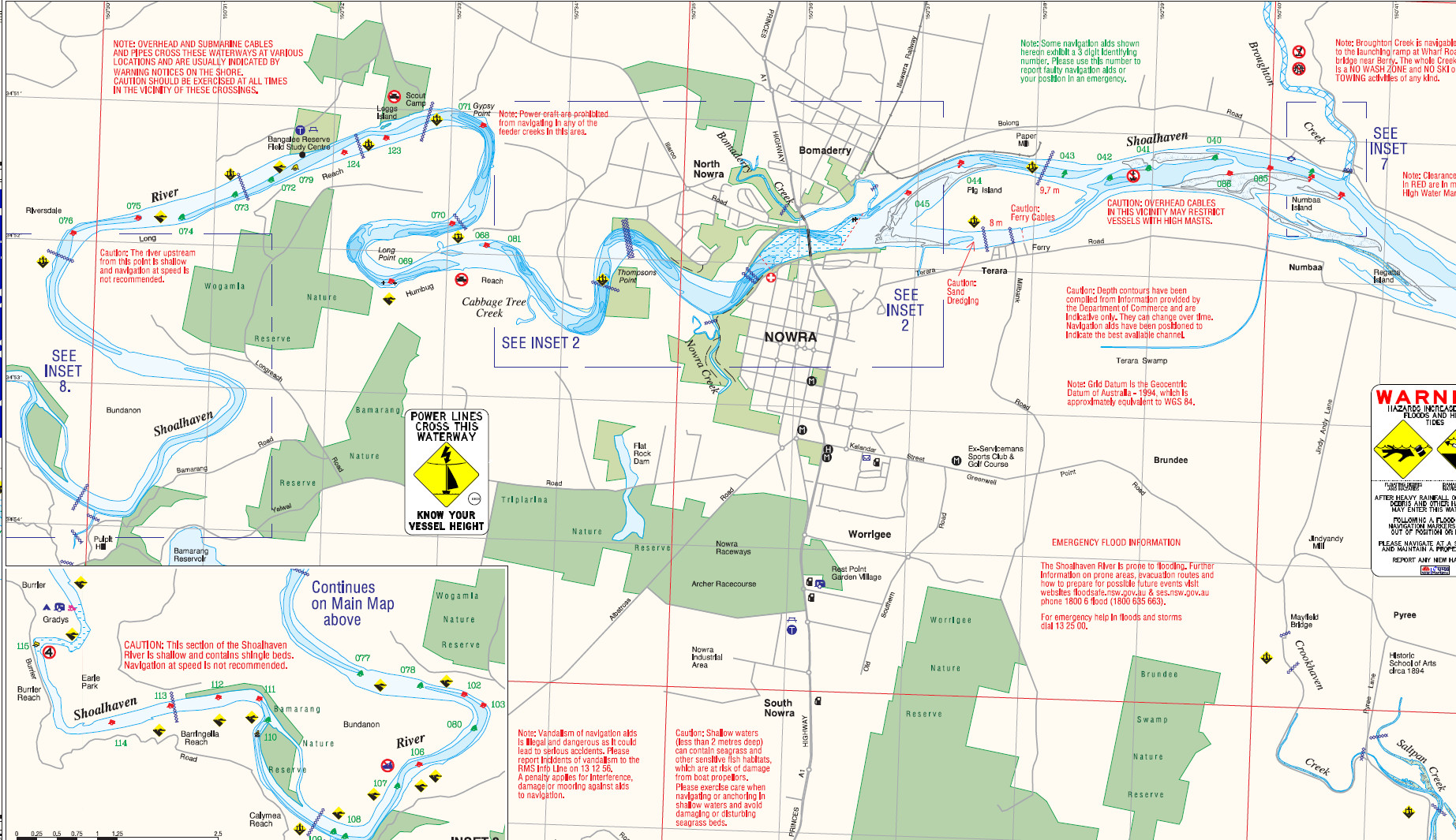Glenelg River is a hugely popular fishing destination that flows to sea near Nelson, meandering through both South Australia and Victoria.
The estuary extends about 60km upstream, with most of it located inside the Lower Glenelg National Park.
The Glenelg is Victoria’s third longest waterway at 350km, yet the sea entrance occasionally closes over at the mouth, which causes the river level to rise.
This relatively deep river is about 50m or so wide in the lower section, with scenic cliffs and forest along the lower reaches.
The south-west walking track follows 40km of river.
There are 29 launch sites along the river for small vessels, along with formed boat ramps for trailerboats, and many sites have picnic facilities.
Some of the more popular launch sites are Nelson, Isle of Bags, Simsons Landing, Donovans Landing, Sandy Waterholes, Sapling Creek, Wilson Hall, Pritchards and Saunders.
Boats can be hired at Nelson.
Tidal influence reaches to above Saunders, when the waterway becomes more difficult to navigate, becoming narrower, with plenty of submerged timber.
South Australian boating regulations apply in the SA section.
Twenty five fish species have been recorded in the estuary, with black bream, yellow-eye mullet, salmon, estuary perch, mulloway, luderick, flathead and flounder the most common.
Baits recommended are sandworms, peeled prawn, whitebait, crabs and clickers.
Big bream and school mulloway are the main interest to fishermen, but there are a great many small picker bream to get through.
Mulloway are best from September to December, but can be caught from November to May, with a few stragglers caught outside these times.
The river’s mulloway tend to be on or off, possibly with the presence of a school(s) determining whether there is much action or not.
Heavy rain will flush small fish down the river and mulloway will usually be waiting in the lower section.
Glenelg mulloway are smallish fish, with the occasional specimen cracking 10kg. Livebait works best on them.
The beach at the river mouth looks shallow but can be a mulloway hotspot at times.
Mulloway are most often caught in the estuary up to around the highway bridge.
For mulloway, also try the caves region. Use pilchard, fresh squid or live mullet baits at night.
Major bream competitions are held on the Glenelg River.
Typically, bream fishos cast small lures to bankside and other structure.
In winter the bream school in deeper areas, while in summer they move upstream.
The best area for bream is from the river mouth upstream to Pritchards, with the better fish often caught in the Sapling Creek region.
During holidays there is a lot of boat traffic and better bream fishing is usually had in the early morning, late evening and night, or by travelling far upriver.
There are landbased fishing opportunities along the river around Nelson but a boat or yak is needed to fish the best spots in the river.
Surf beaches at nearby Nobles Rocks and Swan Lake near Nelson produce salmon, school mulloway and gummy sharks after dark, with occasional school sharks.
Browns and Piccaninie Beaches also produce gummy sharks and mulloway after dark. Fish a big high tide at night in summer for the best chance of success.
Here is a list of recommended tackle for Victorian waters.

Glenelg River entrance tides
Glenelg River region beaches
VIC fishing regulations
VIC marine parks
Return to the VIC fishing map
Email corrections, additions, pictures or video here.


